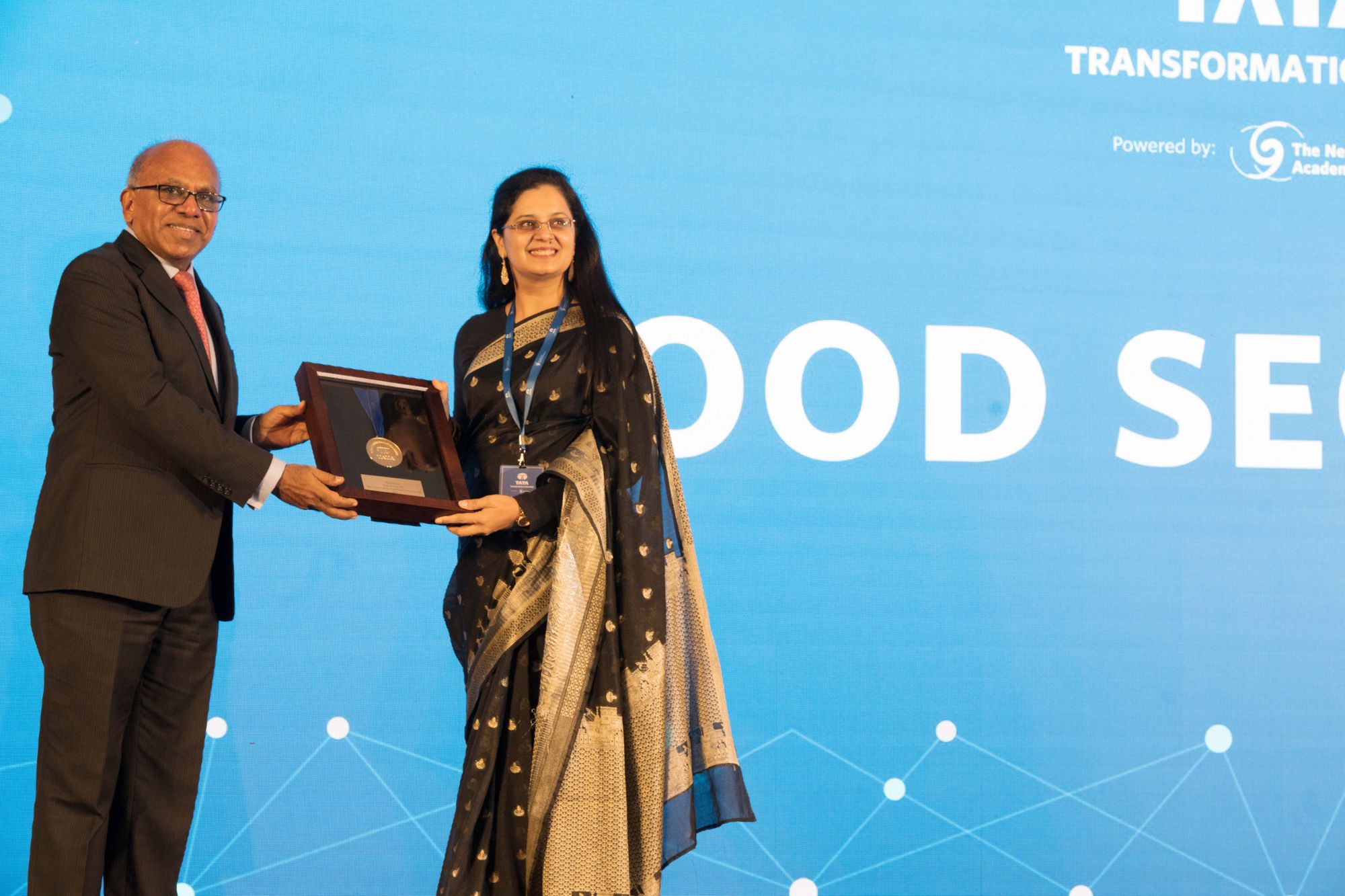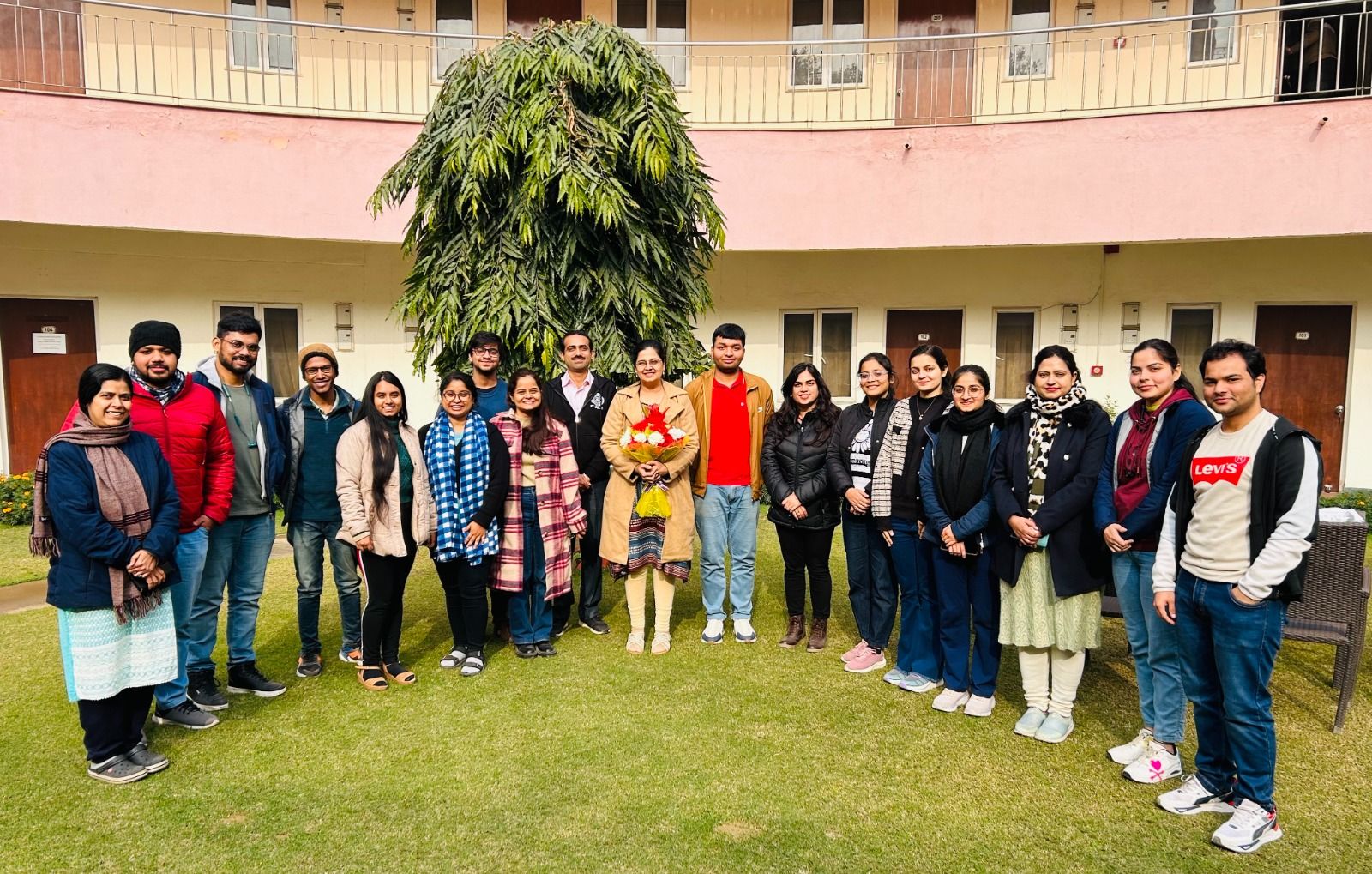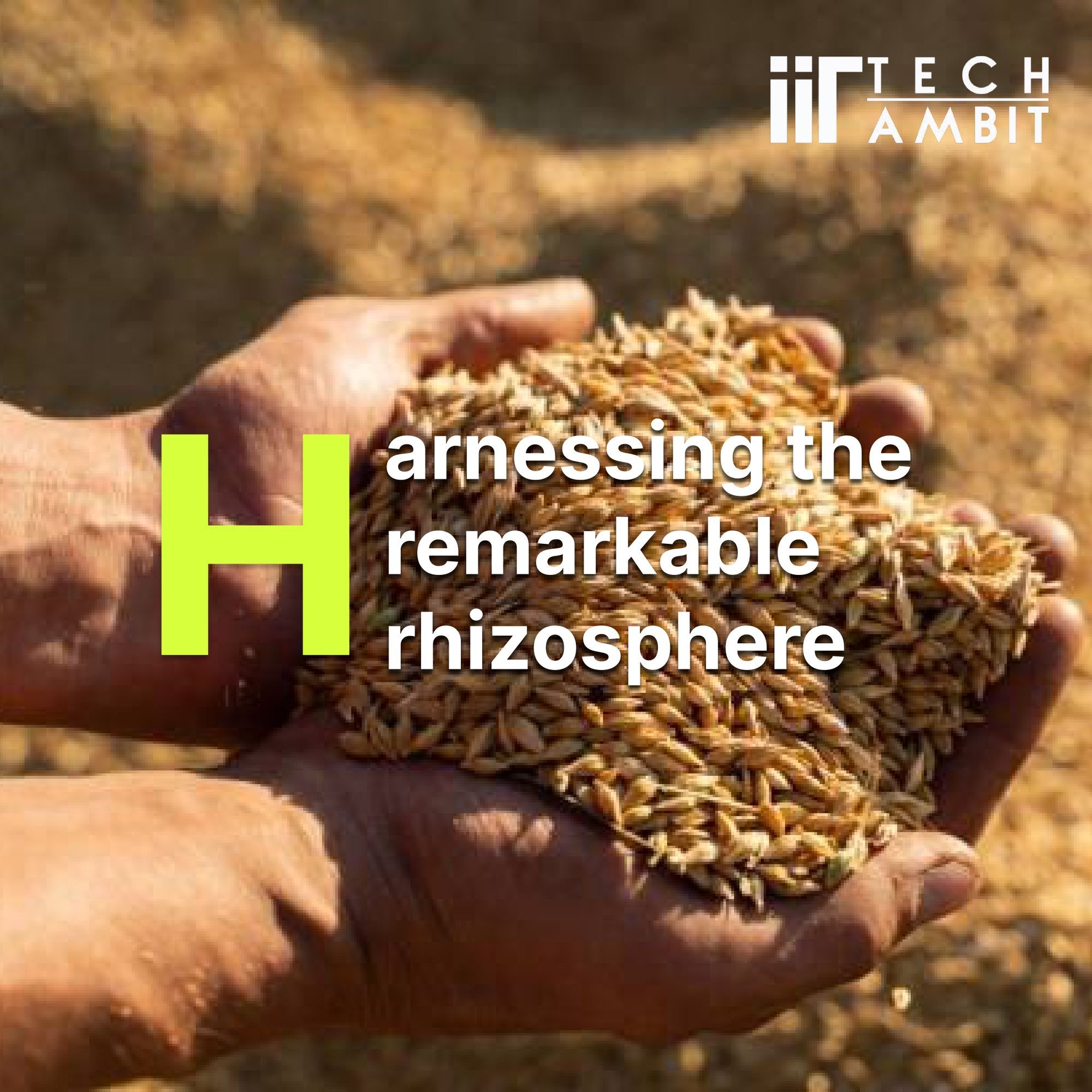The Crisis
By 2050, Climate Change is predicted to have reduced agricultural harvests globally by 17%, accompanied by a crippling 20% loss of arable land. However, the population is expected to rise by another 2.2 billion. Combining these two statistics shows the debilitating impact of climate change and paints a clear picture of the gravity of the situation. There is a dire need for at least a 50% increase in the yield of food and feed. The work of researchers such as Prof. Shilpi Sharma is indispensable to proposing viable solutions to this rapidly growing issue.
Professor Sharma finds unique, natural resistance of soils against pathogens which destroy crop yields by huge margins. Her studies have uncovered the natural ability of many soils to suppress the growth of harmful pathogens and plant diseases. This is a highly specific phenomenon, endogenous to particular soil types inhibiting the growth of a spectrum of phytopathogens. But interestingly, this ability is inducible, which opens the gates for considerable development and a possible means of combating this issue. For her groundbreaking research in this area, Prof. Sharma has been awarded the 2023 TATA Transformation prize for Food Security.

The Underlying Science
Before diving into the technicalities, let us first develop a working understanding of the key terms associated with her research.
The microbiome of a higher organism is the set of ‘helpful’ microorganisms associated with it that are essential for its overall fitness and cannot be separated from it. Bacteria in the human gut can be an excellent example of this. The Rhizosphere, literally root-sphere, is a dynamic zone around the plant roots, comprising their microbiome. The plant roots provide these microbes with metabolites essential for their survival. However, different plants have different profiles of exudation of metabolites, and hence possess unique sets of microbiomes. The core idea behind this symbiosis is that the plant, in practice, 'recruits' the specific set of microbes that are going to benefit it and pays them back in useful substrates.
The phyllosphere (leaf-sphere), refers to the shoot microbiome. Prof. Sharma does not target this as it is more prone to fluctuations due to increased exposure to external environmental changes.
The World of Agri-Biologicals
Most of agriculture is strongly dependent on chemical-based fertilisers for increasing yields. But these are simultaneously harmful to the soil in multiple ways, and when used recklessly, can make the soil highly acidic. Agri-biologicals offer a good alternative to this issue. Agri-Biologicals are biological components used to prevent diseases, increase crop production, and enhance soil fertility. They include bioinoculants (biofertilizers, biopesticides etc.) which have gained more traction since the establishment of the United Nations Sustainable Development Goals. Most experts have varied opinions on whether we need artificially made Agrochemicals at all, but Professor Sharma holds a radical view. She calls for a complete replacement of chemicals with Agri-biologicals.
However, the biggest challenge they face in India is quality control. A majority of bioinoculants in Indian markets either do not possess the microbes they claimed, or they are in much lower counts than needed for efficient performance. Another big challenge is their specificity. There are no universal strains that could perform under any environmental conditions for all crops. This becomes an even bigger problem owing to the diversity of India’s terrain. Let’s say one scientist isolates a strain from Rajasthan. Its survival and efficacy in West Bengal would be highly questionable, due to a completely different microenvironment. Moreover, in nature, these microbes are social beings who prefer living as a community instead of as individuals. Hence, using a consortium of multiple strains offers a better performance in natural conditions, analogous to an army having higher chances of survival and competence in comparison to a lone soldier.
Formation of a Synthetic Microbial Community
Naturally occurring microbial communities have many different, independent microbes which makes it difficult to grow them separately. While the members of a community and their functionalities are known, application requires a spotlight on members whose absence would be detrimental to the targeted affect. So, it becomes essential to select the 'core' members of a microbiome.
A synthetic microbial community is a simplified form of the natural community, comprising only of the culturable key members it cannot do without. Prof. Sharma highlights that there is always a compromise when selecting certain members of a natural microbiome, as high interdependency among the members of the natural community tends to result in diminished efficiency when the entire community is not present.
The richer the microbiome, The lesser the pathogens
In a rich microbiome with a wide variety of microorganisms, plants have a higher probability of finding microorganisms specific to their needs. This translates to the direct understanding that once the soil's microbiome is rich, its functionality develops better as well, and the organism becomes an 'optimum meta-organism'. This could increase suppressiveness to different plant pathogens through various mechanisms, such as directly attacking a particular pathogen by secreting anti-microbial components or leading to competition that would not let the unwanted ones thrive.
From various international research efforts, we know that organic farms have specific suppressive capabilities. As several papers state, microbial diversity is increased in organic soil due to the use of 'organic amendments' like manure and compost, which serve as a good source of nutrients for the microbiome. Therefore, the richer the microbiome, the more likely the plant is to form a stronger base and have better survival.
No Aha! Moment
When asked about the motivation behind this research, Prof. Sharma notes that there was no ‘Aha!’ moment - no specific point of time where they decided to start working on this. She and her team have been studying different sustainable farming practices like organic farming and conservation practices, and this project stemmed from that work. Now, she has been working on it for over six years, the process starting off when they realised that organic farms are innately suppressive. She credits a PhD scholar at her lab for coming up with impressive leads to assess the suppression of a wide range of pathogens.
Further Research and Challenges Ahead
Prof. Sharma believes that the biggest challenge in this area is realising a “universal synthetic microbial community” in practice. To achieve this, she and her team must study and analyse a wide range of agroclimatic zones. An ideal synthetic microbial community is one that can be applied to different kinds of conducive soils and make all of them equally suppressive to harmful pathogens. “We need a 'generalized' community at the end of the day,” she explains.
Prof. Sharma also aims to make a suppressiveness map for all kinds of soil in the country. Her long-term ambition is to include this information in a government initiative known as the Soil Health Card, which provides farmers with a report of the macro and micronutrient status of the soil. This enables them to use the chemicals judiciously and avoid harmful excesses. Moreover, Prof. Sharma wants to expand this report to include biotic components of the soil as well, owing to the indispensable role they play in predicting sustainability of agricultural models.
When asked for advice to readers, Prof. Sharma stresses the importance of finding a field of one’s interest that best utilises our individual unique talents as opposed to jumping into ‘in’ fields. "I know AI/ML, Cancer, etc. are buzz words for today’s generation," she smiles. “But it’s smart to use internships to explore as many fields as possible, until you discover your true calling.” She also finds research internships to be a good way for one to assess the kind of commitment and engagement a research career involves. “There will rarely be Einstein moments; there will be frequent failures, which are normal whenever you attempt something new." She welcomes applications for internships regardless of whether one is an undergraduate or doing a Master's or PhD, but requires at least one academic semester of commitment. Apart from pure biologists, students from disciplines such as Electrical, Civil, Computer Science and other engineering disciplines with interdisciplinary scope are welcome to contribute to her research.
Here is a short video on Professor’s work, made by The New York Academy of Sciences
https://youtu.be/7THbCweDPTU?si=fISjDUYz5cqymvIJ



